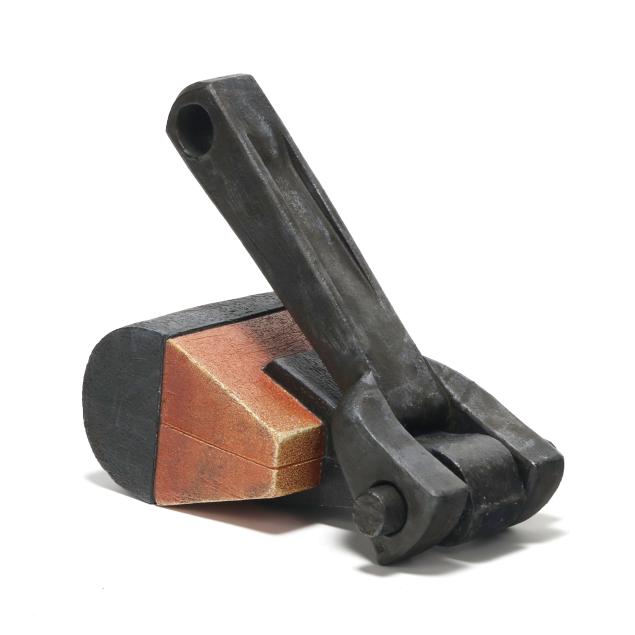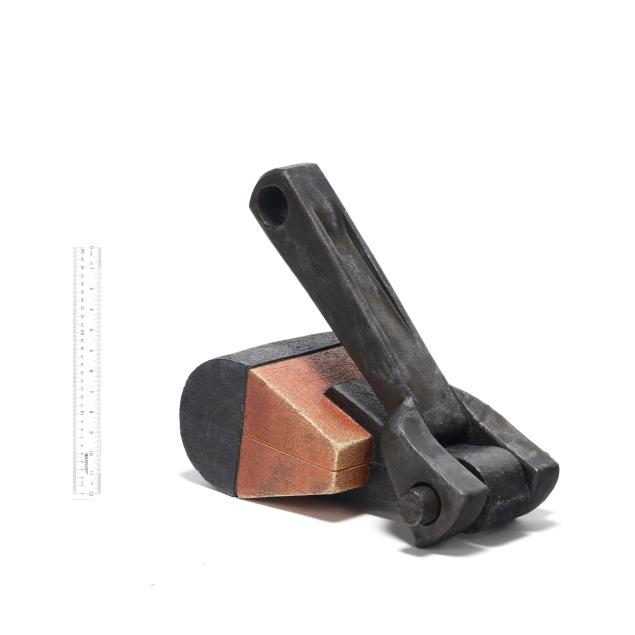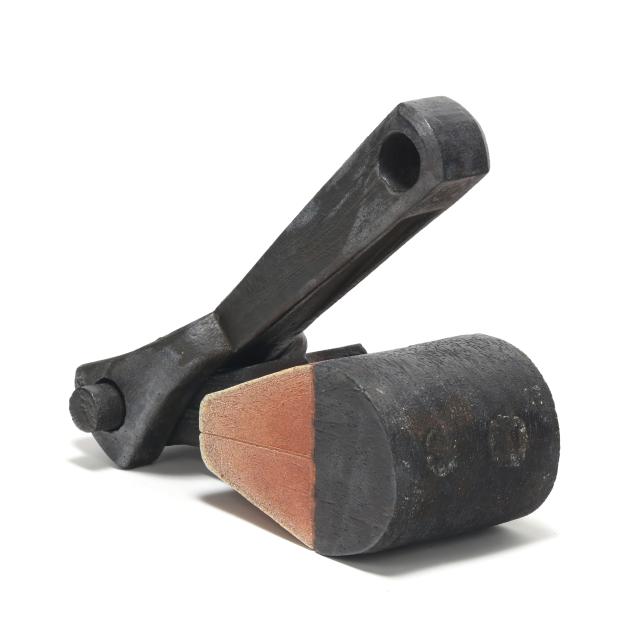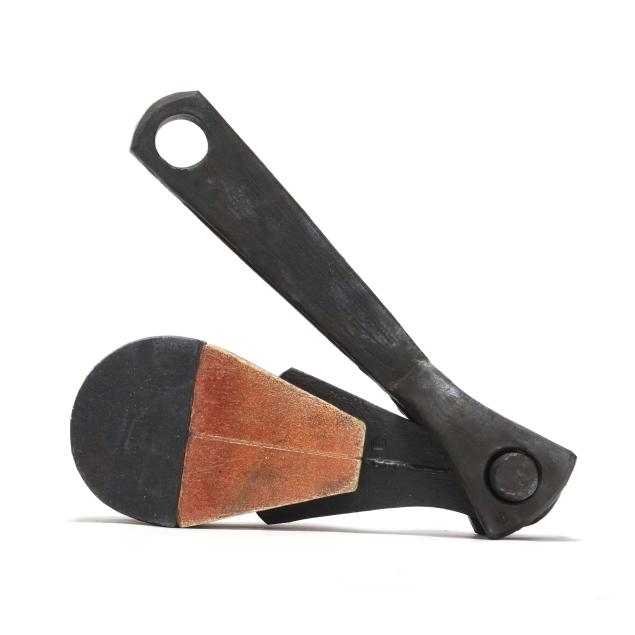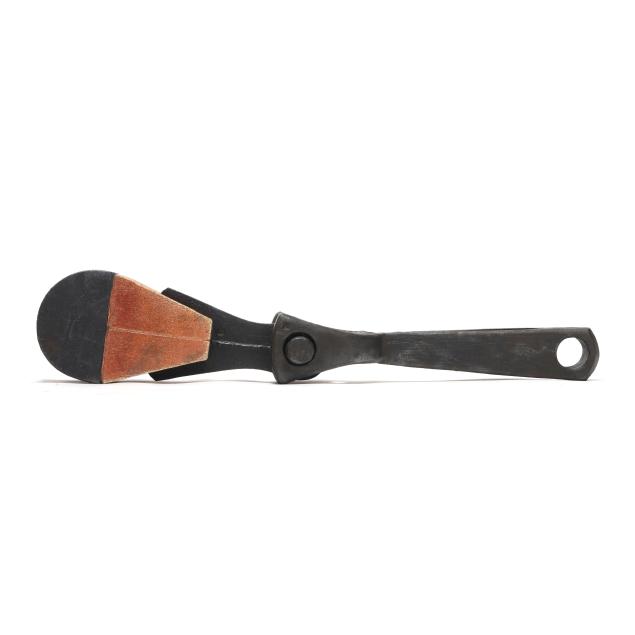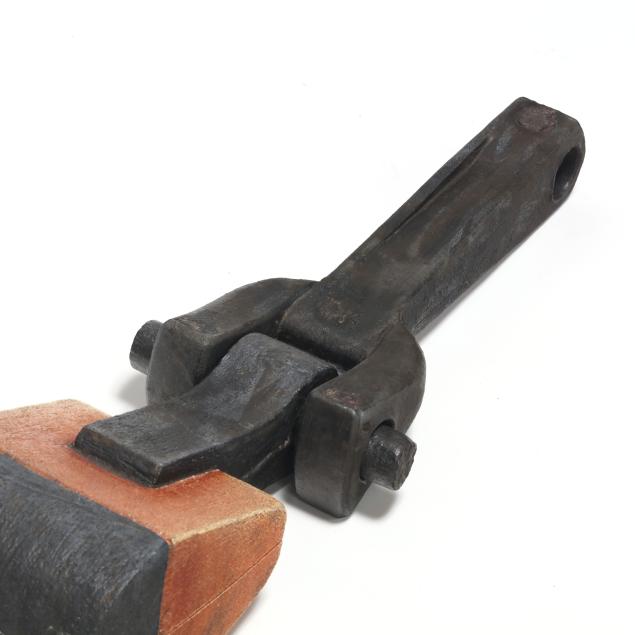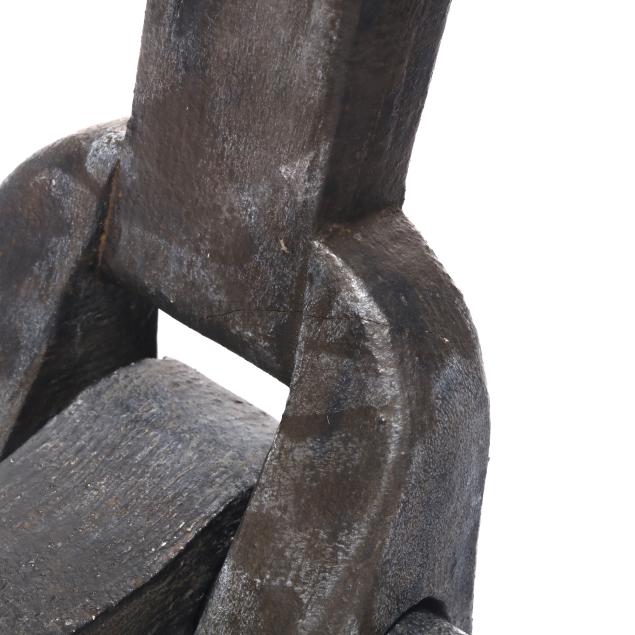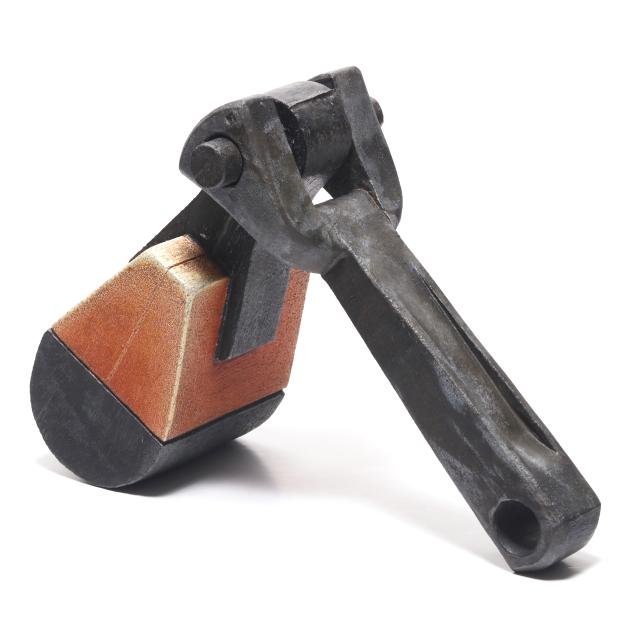
Lot 3323
Kenneth Baskin (American), Push & Pull
Explore more items like this one.
Visit our Fine Art Department Fine Art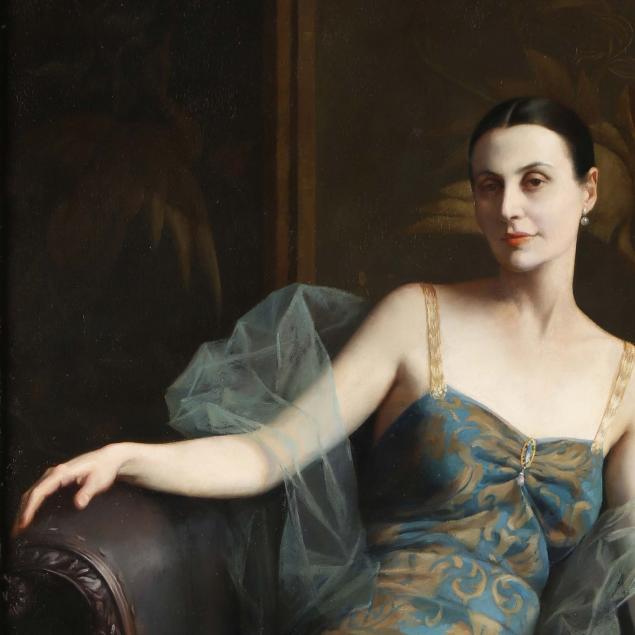
Lot Details & Additional Photographs
16 1/2 x 19 x 10 in.
Being sold to benefit Penland School of Craft, Penland, North Carolina
Penland’s scholarship program exists to make our workshops accessible to those who are not able to participate without financial assistance and to create educational opportunities for people who have been underrepresented at Penland and in the craft world. Proceeds from this auction will help fund existing scholarships, with some proceeds designated towards specific scholarships as noted in the listings.
Louisiana-based artist Kenneth Baskin has exhibited his sculptures at the Franklin G. Burroughs-Simon B. Chapin Art Museum (SC) and the Kentucky Museum of Art and Craft. His work is in the collections of Blue Cross/Blue Shield (MI), College for Creative Studies (MI) and Oakland Community College (MI).
He is a Professor of Visual Arts / Ceramics at McNeese State University, Lake Charles, Louisiana. Baskin received his BFA from College for Creative Studies in Detroit, Michigan and earned his MFA from University of South Carolina. In 2007 Baskin was honored as one of the recipients of one of the National Council on Education in the Ceramic Arts (NCECA) Emerging Artist Awards. Baskin’s creative research was the topic for an essay titled “20th Century Artifact Series” that was published and featured on the cover of Ceramics Monthly Magazine, November 2009 Issue.
Describing one of his current bodies of work, the Abstract series, Baskin speaks to larger themes that are expressed in his sculptures, "The investigative properties of the Artifact series are focused upon the mechanical objects or artifacts derived from the advent of the industrial revolution. Through our capacity for invention the anatomy of the machine, laying bare its individual yet integrated mechanical components, became the means of mass production and an accelerant in the performance of human tasks. This interdependence of humans and machines altered cultural conceptions and the two became intimately conjoined."
Good condition; some areas of small glaze scuffs; hairline crack to wrench element; lacking a terminal element original to the piece.
